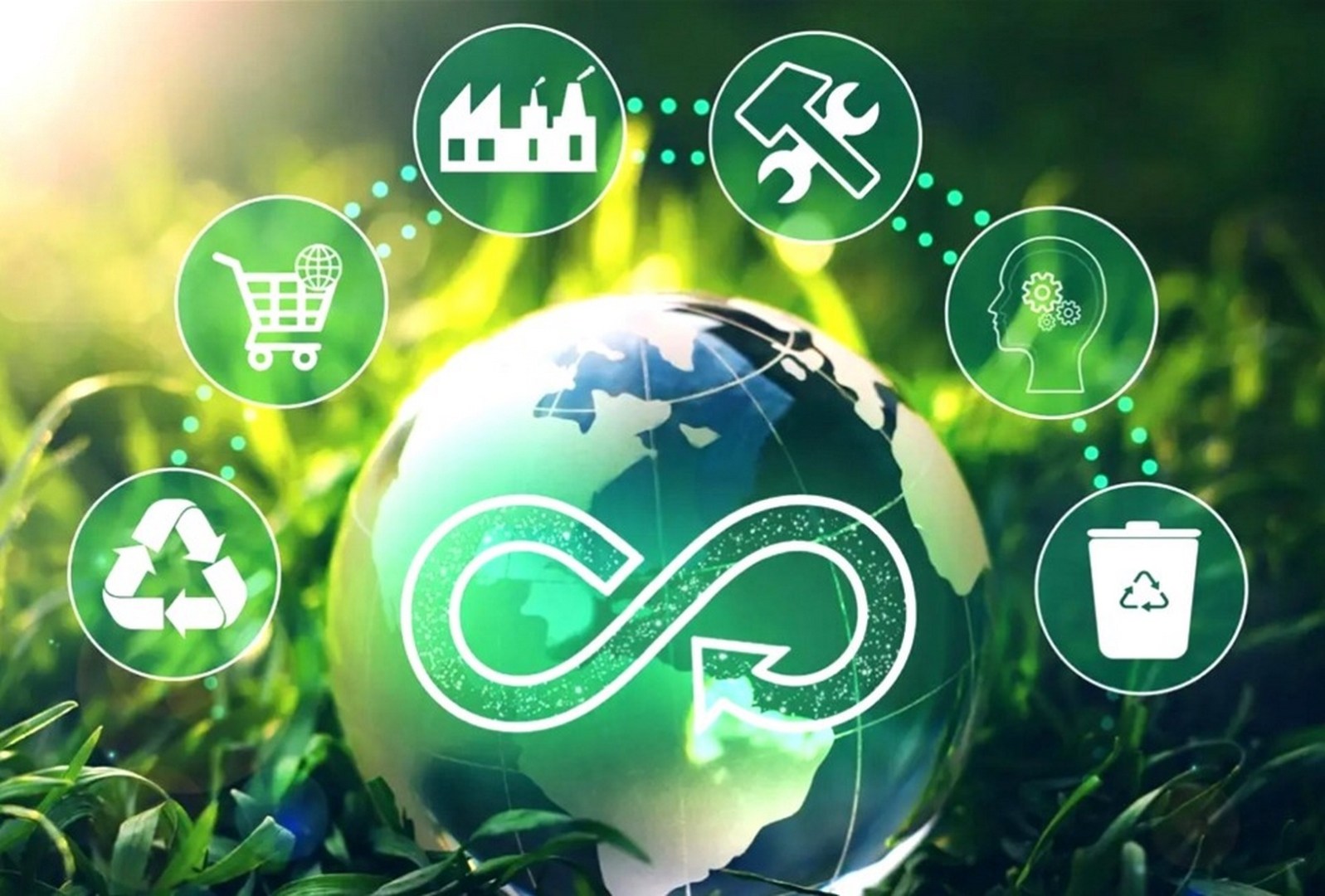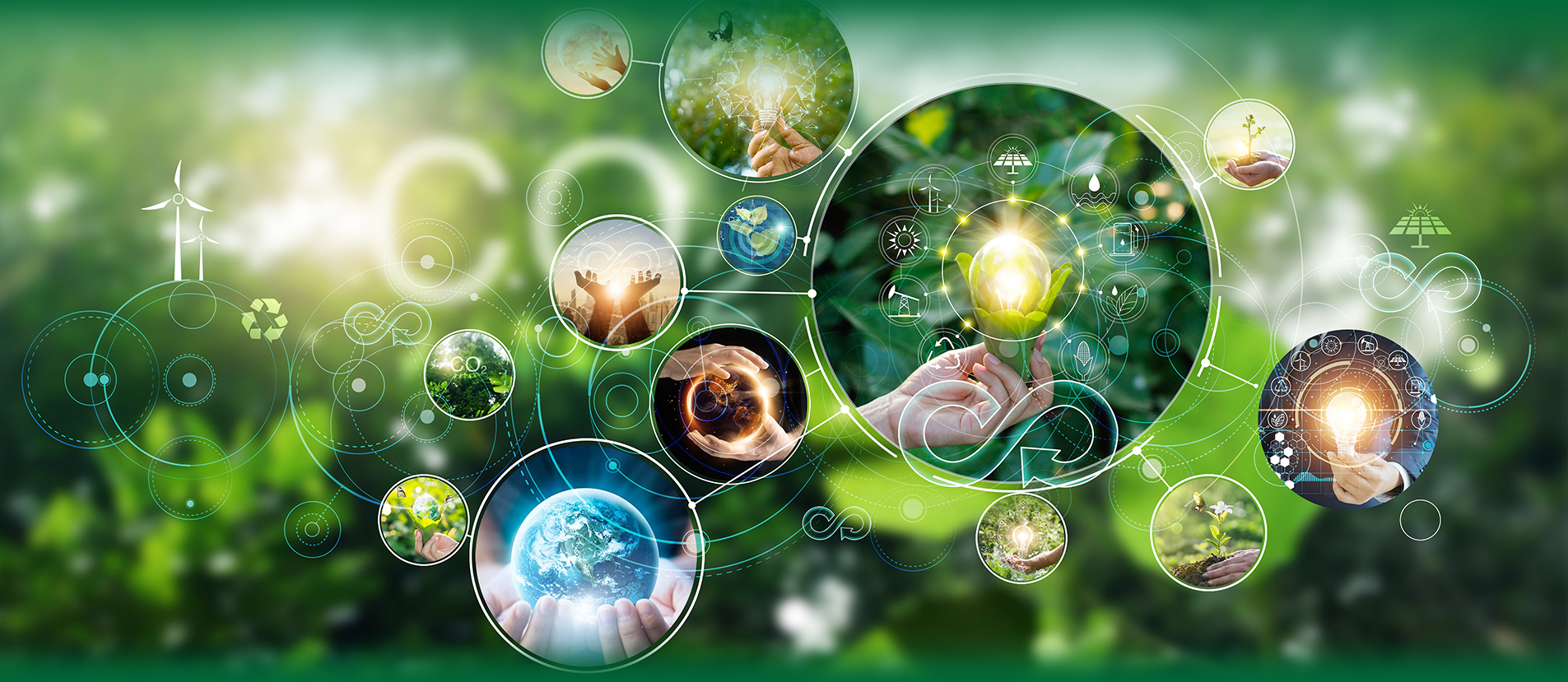
Although the concept of circular economy is still relatively new in Vietnam, it is rapidly gaining strength as a trend and is critical for the country to innovate a sustainable growth paradigm and achieve net-zero emissions by 2050. It is also seen as a means of
The transition to a circular economy offers important opportunities for sustainable development, aiming not only to achieve economic and social goals, but also to meet the challenges of climate change.

However, this process faces many difficulties and challenges, especially when changes in mindset, perception and strategy are required to gradually transition the economic structure and institutionalize the relevant policies and legal frameworks. I am.
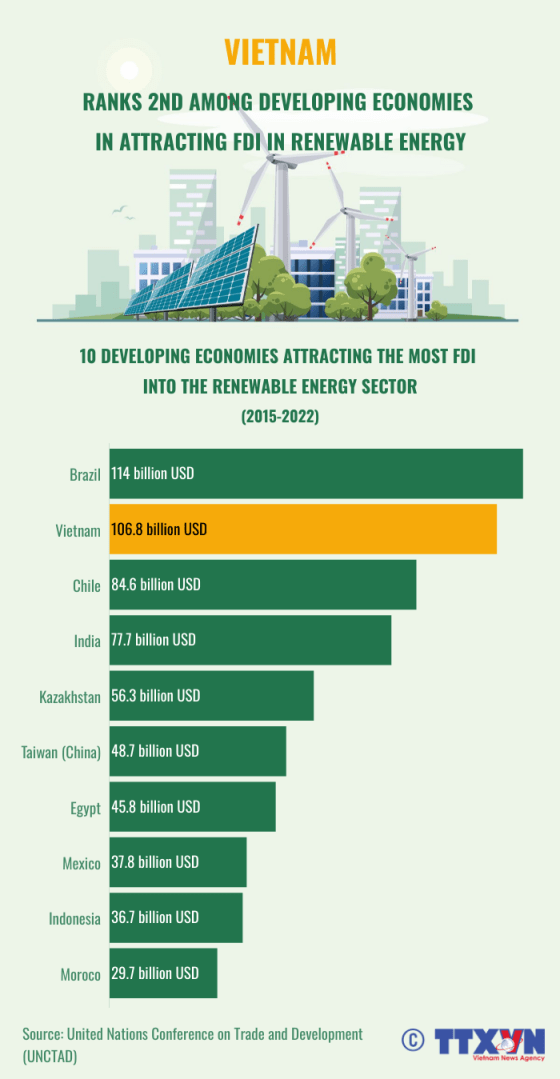
inevitable trend
Fully recognizing the importance of circular economy in the nation's progress towards sustainability, the 13th Party Congress resolution has set out a roadmap, mechanisms and policies to form a circular economy paradigm, as well as We affirm our determination to build a green circular economy. .
According to Nguyen Dinh Tho, director of the Institute for Strategic Policy on Natural Resources and Environment (ISPONRE), Vietnam has become one of the pioneers in ASEAN by incorporating circular economy into the 2020 Environmental Protection Law and related guidelines.
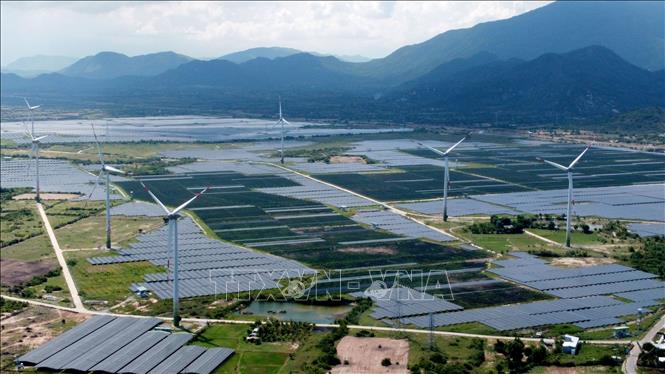
Decree No. 08/2022/ND-CP, issued on January 10, 2022, identifies three pillars representing three groups of common standards for the circular economy:
- Reduce the development and use of non-renewable and water resources, take advantage of efficient use of resources and energy savings.
- Extend the life of materials, equipment, products and components.
- Limiting waste and minimizing negative environmental impact – This includes reducing solid waste, wastewater and emissions. Reduce the use of harmful chemicals. Waste recycling, energy recovery. Reduce disposable products. We practice green procurement.
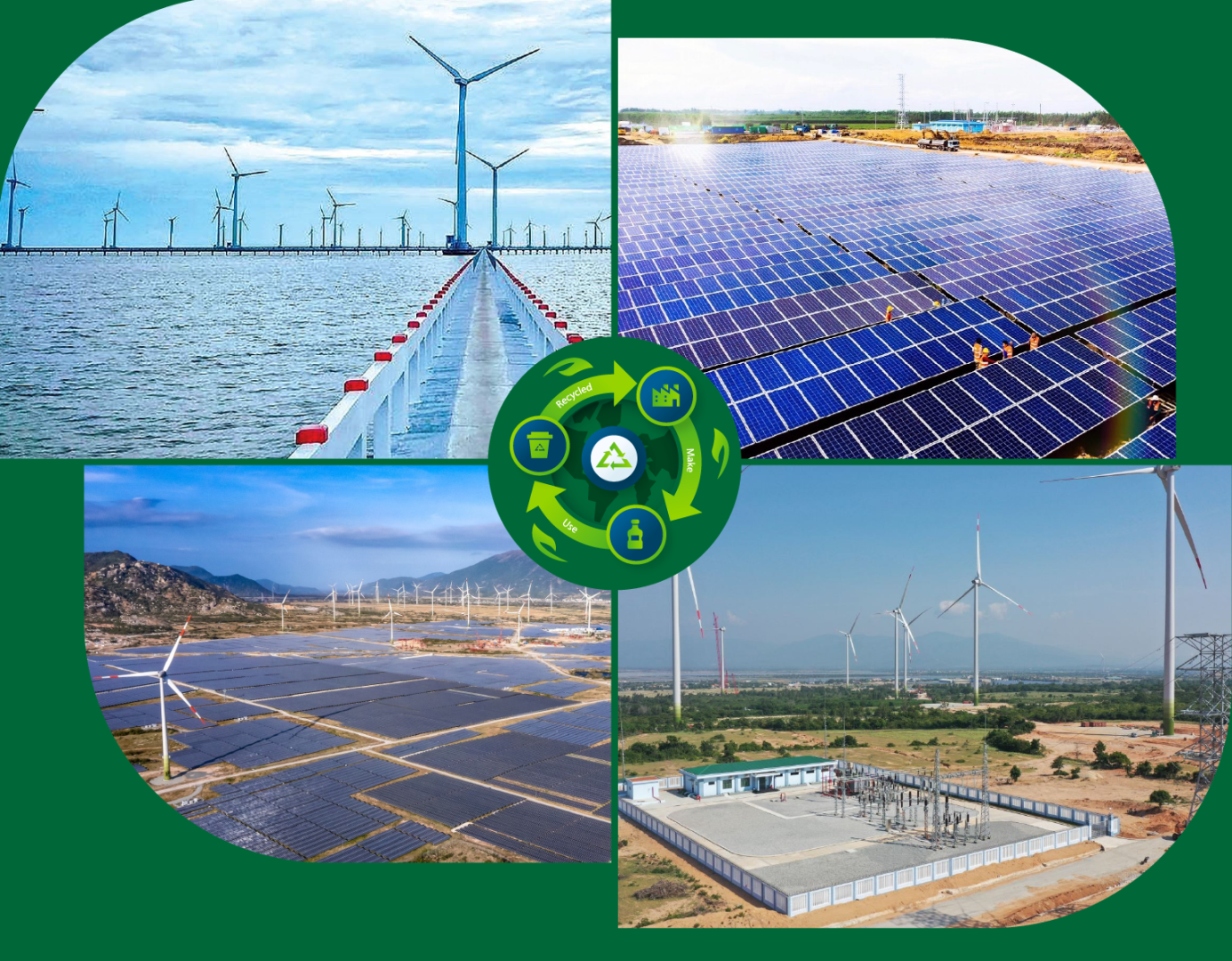
The Decree also outlines mechanisms to promote the adoption of a circular economy. The state is prioritizing investments in circular economy development, including scientific research activities, application development, technology transfer, and equipment manufacturing. It also focuses on developing human resources to introduce a circular economy and providing a platform for sharing information and data on the circular economy.
The Ministry of Natural Resources and Environment (MoNRE) has drafted the National Action Plan for Circular Economy, which defines key aspects, general and specific goals from now until 2025 and 2030.

Realizing green growth goals
Minister of Natural Resources and Environment Dan Kok Khanh urged the business community, as well as production, business and service facilities, to use resources efficiently and effectively and reduce emissions in order to implement promising economic models. , proposed establishing a management system and applying measures to increase emissions. We recycle and reuse waste at every stage of a project, from development and design to product production and distribution.

The United Nations Development Program (UNDP), which supports the development of national action plans for a circular economy, has provided many initiatives and recommendations to Vietnam.
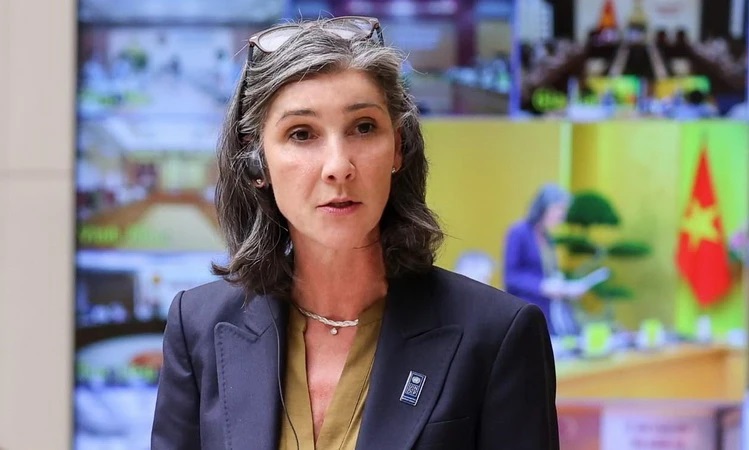
UNDP Resident Representative Ramla Khalidi said the organization is supporting the plan on various fronts, combining policy-making expertise, practical experience in innovation and creativity, and stakeholder engagement coordination. .
Launched in 2022, the Vietnam Circular Economy Hub is a joint initiative of UNDP and MoNRE that will serve as a platform for exchange between government agencies, businesses, communities, development partners, and research institutions, and will provide technical support to promote the model. and connect financial resources.
Central Thua Thien-Hue province has emerged as a pioneer in initiating the direction, policy and gradual rollout of green transition and circular development.
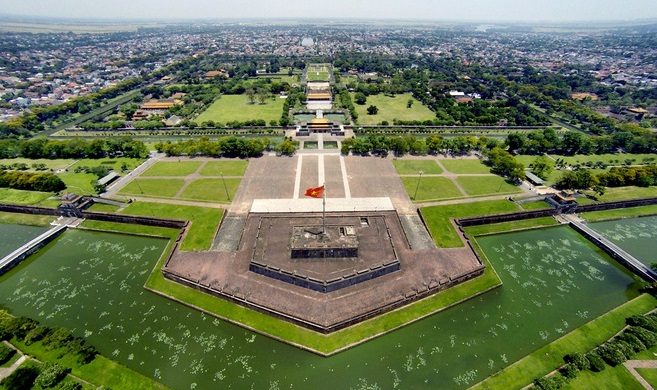
The UNDP study proposes 14 key interventions to reduce regional emissions by 17% by 2030 and 38% by 2050 compared to the baseline scenario. This is an initiative to measure the climate impact of implementing circular economy policies.
Mr. Khalidi said he believes Vietnam's commitment to economic paradigm is to address environmental protection challenges and achieve climate change and sustainable development goals. These efforts are based on three main principles defined in the Environmental Protection Act 2020: efficient use of resources, extending product lifecycles and minimizing environmental impact.

Vietnam joined the Global Plastic Action Partnership (GPAP) in 2020. GPAP Director Christian Kaucholz said the National Plastics Action Partnership (NPAP) of Southeast Asian countries includes more than 200 organizations from government agencies and the private sector. This partnership provided Vietnam with a roadmap and supported the mobilization of relevant resources.
Meanwhile, Vietnamese investment entity Dragon Capital VietFund Management (DCVFM) is collaborating with ISPONRE to study biodiversity credits. According to the World Economic Forum, biodiversity credits reward positive outcomes in nature and biodiversity (such as species, ecosystems, and natural habitats) through the creation and sale of land- or ocean-based biodiversity units. , a verifiable, quantifiable and tradable financial instrument. Fixed period.
DCVFM Chairman Dominic Scriven said around 100 countries are researching and building the system as a tool to mobilize funding for biodiversity conservation efforts, with tropical countries like Vietnam benefiting the most. He said it is a regional country.
